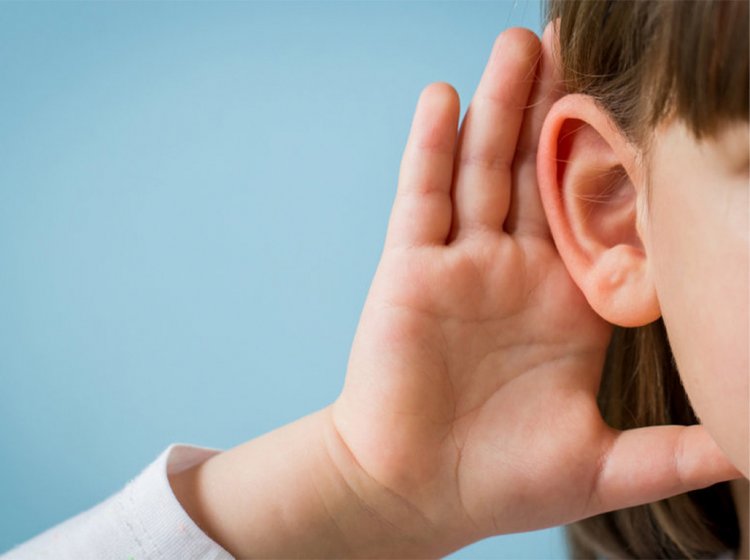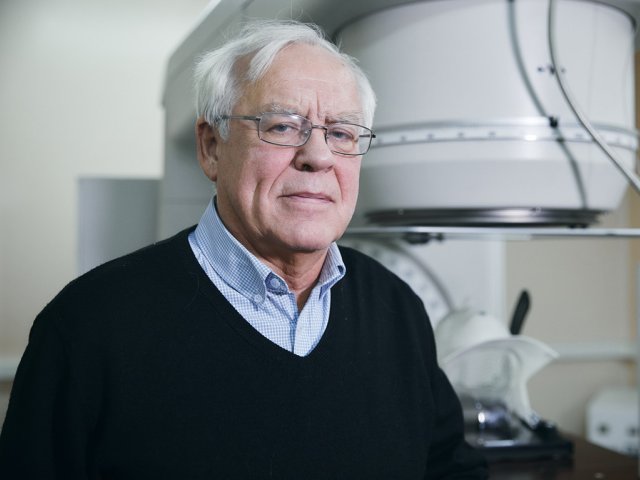In 30 years, by 2050, approximately 2.5 billion people will suffer from hearing impairment, and 700 million will have this problem expressed at the level of disability. These are the forecasts of the World Health Organization.
Hearing loss is considered disabling if the hearing loss in the ear that hears better exceeds 35 decibels. Most people with such disabilities live in low- and middle-income countries, and mostly elderly people are affected: hearing disorders are seen in every fourth person over 60. At the same time, young people are more often at risk today – the risk of hearing loss increases due to loud music.
Sign language is the most popular means of communication among the deaf. Although people who are deaf in adulthood have more difficulty learning it than those who were left without hearing in childhood. Read in our article what modern technologies come to the aid of deaf people.
Hearing aids
The prototypes of modern hearing aids are ear trumpets, which began to be used in the 17th century. The French priest and mathematician Jean Leurechon described the ear trumpet in the work Recreations mathematicques in 1634. In 1878, German engineer Werner von Siemens assembled the first electric hearing aid that worked on the principle of the telephone, and small devices began to be assembled only in the 1950s after the invention of the transistor. Modern hearing aids are barely visible. They are divided according to the principle of fastening: behind the ear, inside the ear, pocket. The devices are hidden in the frames of glasses, made in the form of a headband, or implanted.
New devices that help deaf people use artificial intelligence. Livio AI is a multifunctional device: an accelerometer and a gyroscope are built into the hearing aid, which detects movements and gestures, and the device works as a fitness tracker. Artificial intelligence and internet connection can translate languages and assess health status.
Modern hearing aids can be connected to a smartphone and used as a wireless headset, including for receiving calls. Or use special accessories that will connect the device to the TV, or a special microphone that can be installed in a large hall near the speaker’s podium or used when talking in a noisy place.
A device similar to a hearing aid but working on a different principle is the cochlear implant. They are used if it is not enough to simply amplify the sound and transmit it directly to the ear, but to act directly on the auditory nerve. The implant uses a microphone that is mounted on the outside of the head. It receives sounds, the processor converts them into electrical impulses, which are transmitted directly to the implant itself, which is implanted in the cochlea. Cochlear implants solve the problem of damaged or dead cochlear hair cells by transmitting information directly to the auditory nerve.
Gloves
There are not enough sign language interpreters. Even after learning sign language, it is not easy to explain, for example, in a store, cafe or bus, what exactly a deaf person needs – very few people understand finger combinations. Some developments help translate sign language into printed text.
A special glove with sensors communicates with an application on a smartphone and allows to communicate in real-time with people who are not familiar with the sign language. The app has a built-in dictionary that you can customize for yourself, for example, attach a specific word to a specific gesture, and create your own combinations. Such technologies and devices are invented in different countries of the world, they are gradually being improved, new algorithms are being added and the transmission clarity is being increased.
Special bracelets can also be used as a sign language interpreter. Their sensors are attached to the fingers and recognize hand movements, the received signal is output as text or synthesized speech. Bracelets also work in the opposite direction: the speech is displayed on a small screen of one of the bracelets in the form of gestures.
Apps
There are smartphone apps to help deaf people. One of them recognizes silent commands by lip movement. The smartphone camera recognizes the face and twenty dots that describe the movements of the lips. To train the neural network, the developers used almost 50,000 videos with lip movements. First of all, the app is designed to control the phone using inaudible voice commands: launching apps, changing settings, processing pop-ups, and voice editing of text.
The Novosibirsk Surdophone app translates speech into sign language and voices the printed text with a computer synthesizer. Other apps translate sound directly into text with the possibility of translation. There are electronic databases of sign symbols and programs that teach sign language translation.
Based on open sources
Photo: marijamaca / ru.123rf.com






















